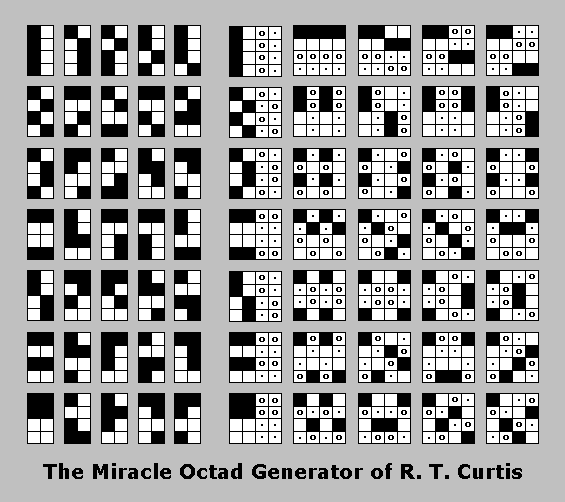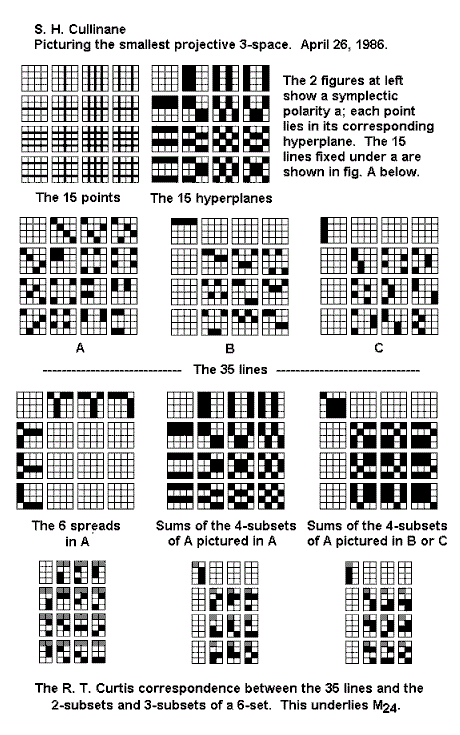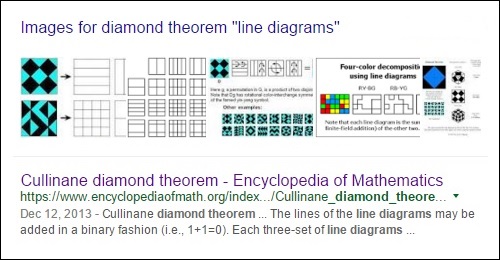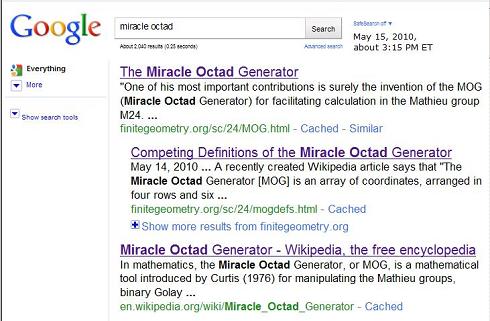New from Miracle Pictures
– IF IT’S A HIT, IT’S A MIRACLE! –
Pi in the Sky
for Michaelmas 2002
“Fear not, maiden, your prayer is heard.
Michael am I, guardian of the highest Word.”
— A Michaelmas Play
Chapter 1 – Transcendental Numbers
In the seventh grade they were studying “pi.” It was a Greek letter that looked like the architecture at Stonehenge, in England: two vertical pillars with a crossbar at the top. If you measured the circumference of a circle and then divided it by the diameter of the circle, that was pi. At home, Ellie took the top of a mayonnaise jar, wrapped a string around it, straightened the string out, and with a ruler measured the circle’s circumference. She did the same with the diameter, and by long division divided the one number by the other. She got 3.21. That seemed simple enough.
The next day the teacher, Mr. Weisbrod, said that pi was about 22/7, about 3.1416. But actually, if you wanted to be exact, it was a decimal that went on and on forever without repeating the pattern of numbers. Forever, Ellie thought. She raised her hand. It was the beginning of the school year and she had not asked any questions in this class.
“How could anybody know that the decimals go on and on forever?”
“That’s just the way it is,” said the teacher with some asperity.
“But why? How do you know? How can you count decimals forever?”
“Miss Arroway” – he was consulting his class list – “this is a stupid question. You’re wasting the class’s time.”
No one had ever called Ellie stupid before and she found herself bursting into tears….
After school she bicycled to the library at the nearby college to look through books on mathematics. As nearly as she could figure out from what she read, her question wasn’t all that stupid. According to the Bible, the ancient Hebrews had apparently thought that pi was exactly equal to three. The Greeks and Romans, who knew lots of things about mathematics, had no idea that the digits in pi went on forever without repeating. It was a fact that had been discovered only about 250 years ago. How was she expected to know if she couldn’t ask questions? But Mr. Weisbrod had been right about the first few digits. Pi wasn’t 3.21. Maybe the mayonnaise lid had been a little squashed, not a perfect circle. Or maybe she’d been sloppy in measuring the string. Even if she’d been much more careful, though, they couldn’t expect her to measure an infinite number of decimals.
There was another possibility, though. You could calculate pi as accurately as you wanted. If you knew something called calculus, you could prove formulas for pi that would let you calculate it to as many decimals as you had time for. The book listed formulas for pi divided by four. Some of them she couldn’t understand at all. But there were some that dazzled her: pi/4, the book said, was the same as 1 – 1/3 + 1/5 – 1/7 + …, with the fractions continuing on forever. Quickly she tried to work it out, adding and subtracting the fractions alternately. The sum would bounce from being bigger than pi/4 to being smaller than pi/4, but after a while you could see that this series of numbers was on a beeline for the right answer. You could never get there exactly, but you could get as close as you wanted if you were very patient. It seemed to her
a miracle

Cartoon by S.Harris
that the shape of every circle in the world was connected with this series of fractions. How could circles know about fractions? She was determined to learn
calculus.
The book said something else: pi was called a “transcendental” number. There was no equation with ordinary numbers in it that could give you pi unless it was infinitely long. She had already taught herself a little algebra and understood what this meant. And pi wasn’t the only transcendental number. In fact there was an infinity of transcendental numbers. More than that, there were infinitely more transcendental numbers that ordinary numbers, even though pi was the only one of them she had ever heard of. In more ways than one, pi was tied to infinity.
She had caught a glimpse of something majestic.
Chapter 24 – The Artist’s Signature
The anomaly showed up most starkly in Base 2 arithmetic, where it could be written out entirely as zeros and ones. Her program reassembled the digits into a square raster, an equal number across and down. Hiding in the alternating patterns of digits, deep inside the transcendental number, was a perfect circle, its form traced out by unities in a field of noughts.
The universe was made on purpose, the circle said. In whatever galaxy you happen to find yourself, you take the circumference of a circle, divide it by its diameter, measure closely enough, and uncover
a miracle
— another circle, drawn kilometers downstream of the decimal point. There would be richer messages farther in. It doesn’t matter what you look like, or what you’re made of, or where you come from. As long as you live in this universe, and have a modest talent for mathematics, sooner or later you’ll find it. It’s already here. It’s inside everything. You don’t have to leave your planet to find it. In the fabric of space and in the nature of matter, as in a great work of art, there is, written small, the artist’s signature. Standing over humans, gods, and demons… there is an intelligence that antedates the universe. The circle had closed. She found what she had been searching for.
Song lyric not in Sagan’s book:
Will the circle be unbroken
by and by, Lord, by and by?
Is a better home a-waitin’
in the sky, Lord, in the sky?
“Contact,” the film:
|
Recording:
|
Columbia 37669 |
|
Date Issued:
|
Unknown |
|
Side:
|
A |
|
|
Title:
|
Can The Circle Be Unbroken |
|
Artist:
|
Carter Family |
|
Recording Date:
|
May 6, 1935 |
|
Listen:
|
Realaudio |
|
Music courtesy of honkingduck.com. For bluegrass midi version, click here.
The above conclusion to Sagan’s book is perhaps the stupidest thing by an alleged scientist that I have ever read. As a partial antidote, I offer the following.
| Today’s birthday: Stanley Kramer, director of “On the Beach.”
From an introduction to a recording of the famous Joe Hill song about Pie in the Sky:
“They used a shill to build a crowd… You know, a carny shill.”
|

Carny
|
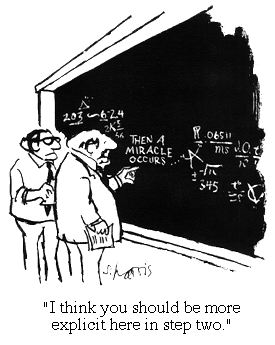








 .
.


.gif)
